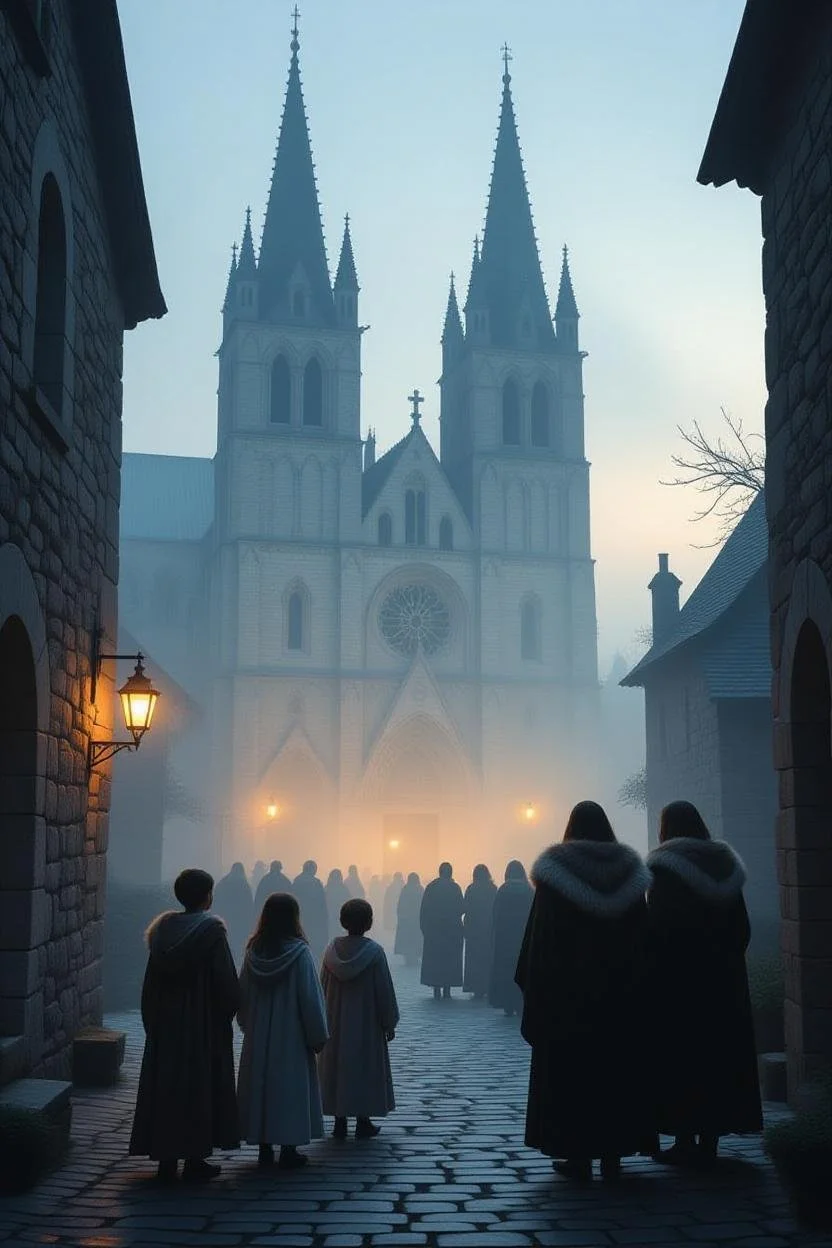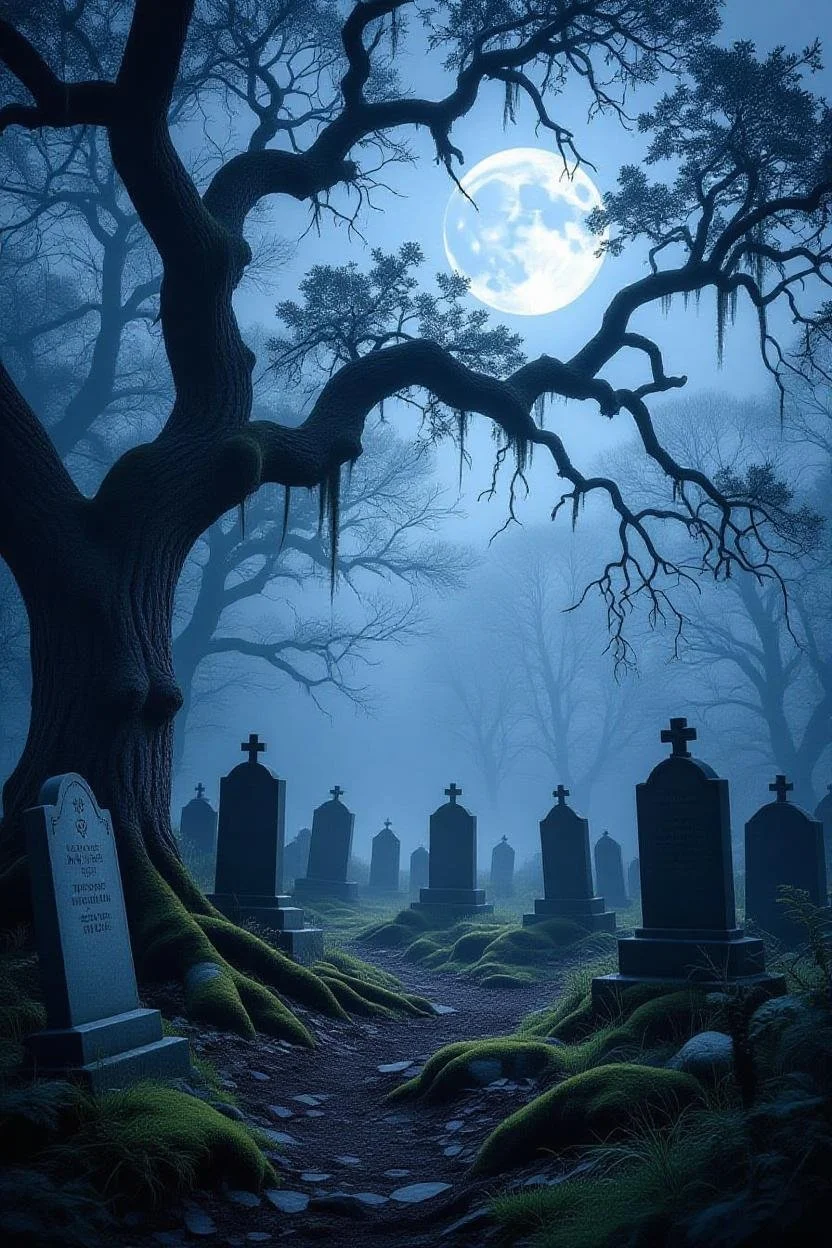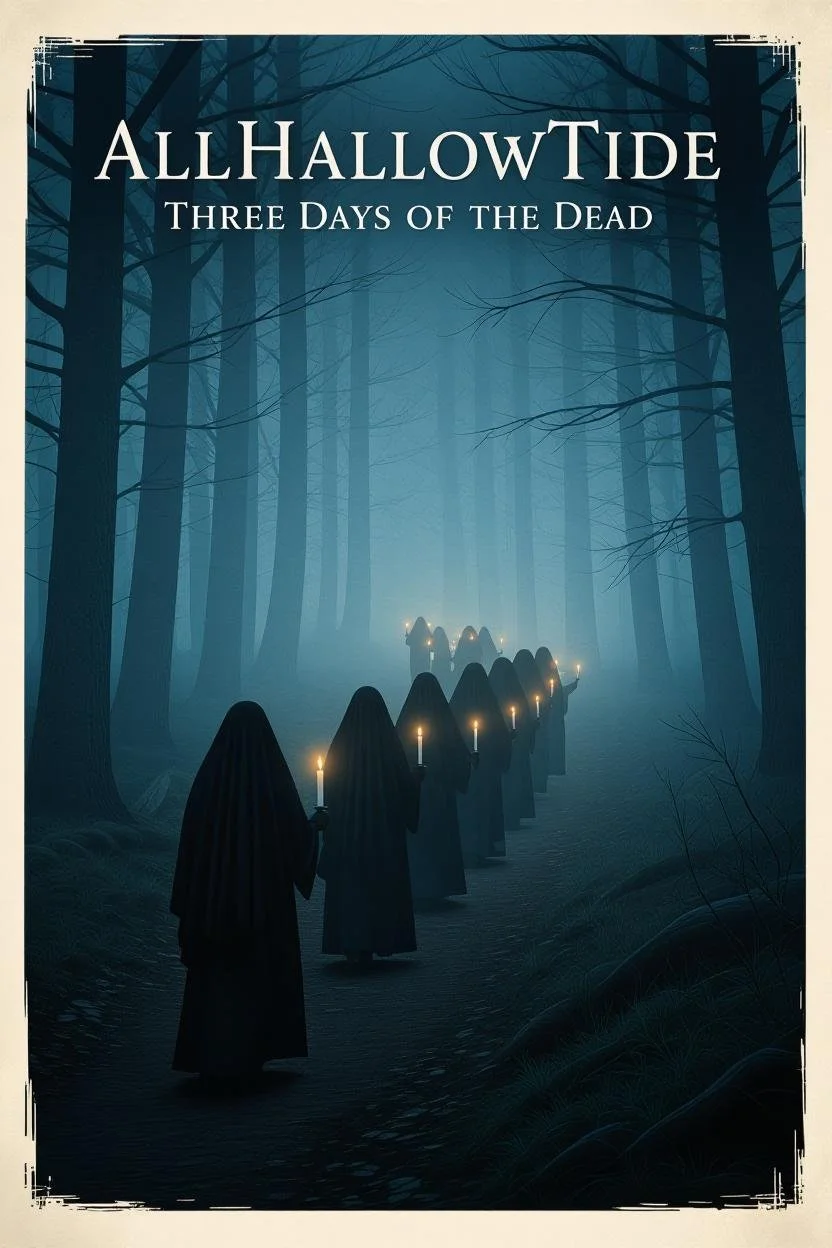WELCOME TO RACHEL’S BLOG
Scroll down to see the most recent posts, or use the search bar to find previous blogs, news, and other updates

All Souls’ Day: Soul Cakes, Prayer and Memory
As the bells of All Saints’ Day fall silent, a gentler sound takes their place — the slow, measured knell for the departed. 2 November, All Souls’ Day, was the moment when the living turned their hearts toward those still journeying through Purgatory.
The season of light ended not in mourning, but in hope — that love and prayer could reach beyond the grave. The word soul comes from Old English sawol, “the spiritual essence of a person.”
The “Mass of Souls,” or Soul Mass Day, was first proclaimed in 998 AD by Abbot Odilo of Cluny. He ordered that every monastery in his order should celebrate a Mass for “all the faithful departed.” From Cluny, the custom spread throughout Europe.
Yet its roots run deep into pagan soil. Romans had their Parentalia, a spring festival for the dead where families brought cakes and wine to tombs. Celts laid food on thresholds at Samhain to honour their ancestors. Christianity sanctified these gestures, and the offering of food became the offering of prayer.

All Hallows’ Day: The Feast of All Saints
After the shadowed vigil of All Hallows’ Eve came the brightness of All Hallows’ Day—later called Hallowmas.
The name joins hallow (Old English hālga, “holy person”) and mass (from Latin missa, “Eucharistic service”).
It was the day when the Church lifted its gaze from the souls still journeying toward heaven to those who had already arrived.
Altars were dressed in white, bells rang across town and countryside, and processions wound through streets lit by candles. The message was clear: the darkness of death had been overcome by the light of sainthood.

All Hallows’ Eve: The Vigil of the Departed
When twilight falls on 31 October, the Christian calendar and the old pagan year meet.
The Eve of All Hallows—from Old English hālga ǣfen (“holy evening”)—was the vigil before the Feast of All Saints.
Yet in spirit it still carried the echo of Samhain, the Celtic festival of endings and beginnings.
In pagan belief, this was the night when the barrier between worlds dissolved: the dead might revisit hearth and home, and the living could glimpse the Otherworld. Fires blazed, food was laid out for ancestors, and villagers disguised themselves to ward off or impersonate wandering spirits.

What Is Allhallowtide? The Three Days of the Dead…
As the last leaves fall and nights lengthen, the medieval calendar turns toward Allhallowtide—three days devoted to saints, souls, and the turning of the year.
The word comes from hallow (Old English hālga, “holy person”) and tīd (“time” or “season”).
For Christians of the Middle Ages, it was a sacred hinge between worlds: a time to honour the saints in heaven, pray for souls in Purgatory, and remember the dead on earth.
But these days did not arise from nowhere. Long before church bells rang, the Celts gathered at Samhain—literally “summer’s end.” The festival marked the boundary between the light and dark halves of the year, when harvest was over and the veil between living and dead grew thin.
